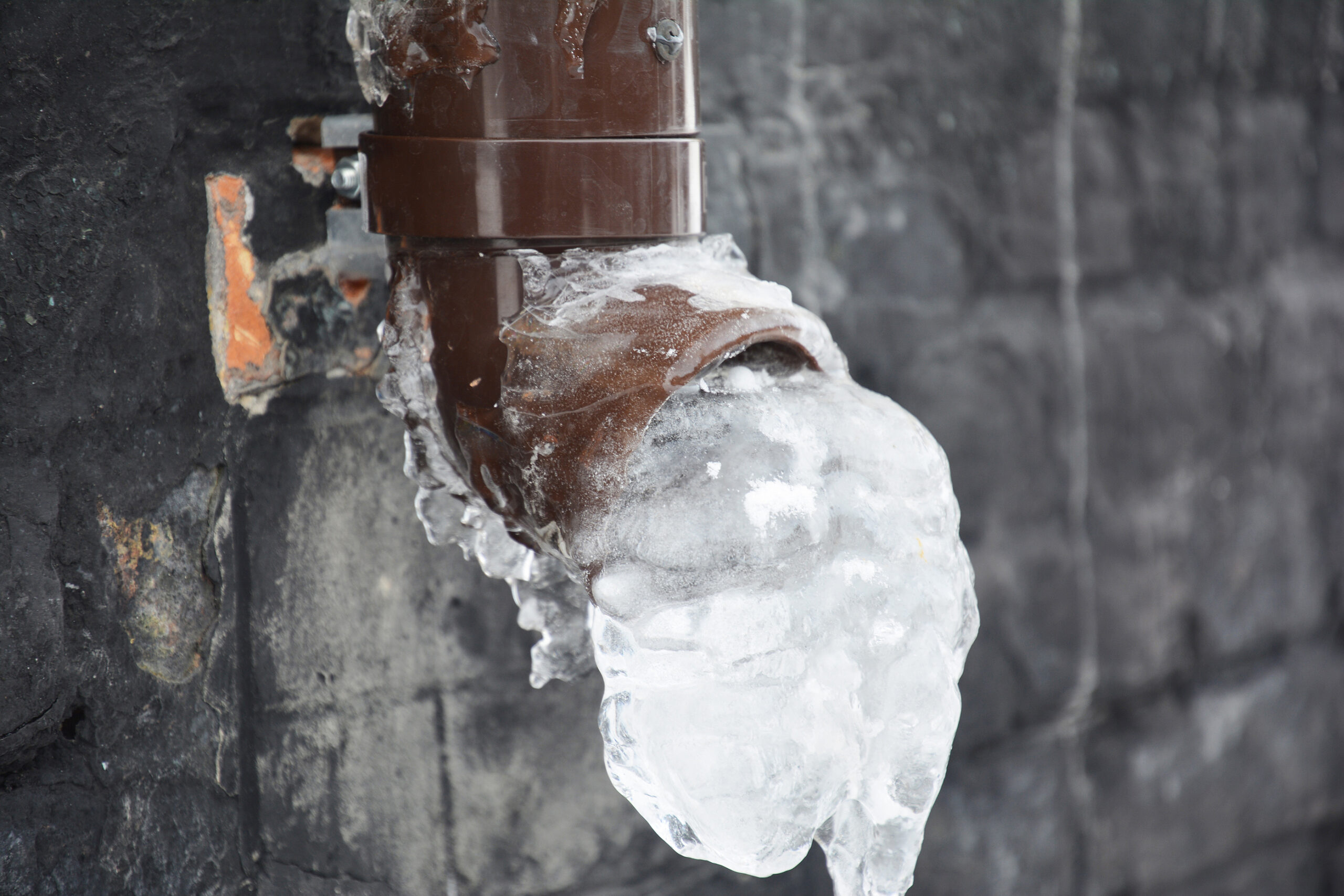Guidance for Avoiding Frozen Pipes in Cold Weather: Specialist Advice
Guidance for Avoiding Frozen Pipes in Cold Weather: Specialist Advice
Blog Article
Nearly everybody seems to have their own individual idea on the subject of Prevent Frozen Pipes .

Winter can ruin your plumbing, especially by freezing pipes. Below's how to prevent it from occurring and what to do if it does.
Introduction
As temperatures decline, the threat of icy pipelines boosts, potentially bring about costly repair services and water damages. Comprehending just how to stop icy pipelines is crucial for home owners in cold climates.
Avoidance Tips
Protecting at risk pipes
Cover pipes in insulation sleeves or utilize warm tape to protect them from freezing temperatures. Focus on pipes in unheated or external locations of the home.
Heating techniques
Keep indoor areas properly heated, particularly areas with plumbing. Open up cabinet doors to enable cozy air to circulate around pipes under sinks.
How to identify frozen pipelines
Search for lowered water circulation from faucets, uncommon smells or sounds from pipelines, and noticeable frost on exposed pipes.
Long-Term Solutions
Structural adjustments
Think about rerouting pipelines far from exterior walls or unheated locations. Include extra insulation to attic rooms, cellars, and crawl spaces.
Upgrading insulation
Buy top notch insulation for pipes, attics, and walls. Correct insulation assists maintain constant temperatures and lowers the danger of icy pipes.
Protecting Outside Plumbing
Garden tubes and outdoor taps
Separate and drain garden hoses prior to winter. Mount frost-proof spigots or cover outside taps with protected caps.
Recognizing Frozen Pipes
What triggers pipes to freeze?
Pipes freeze when exposed to temperature levels listed below 32 ° F (0 ° C) for expanded durations. As water inside the pipes freezes, it broadens, putting pressure on the pipeline walls and potentially causing them to rupture.
Risks and problems
Frozen pipelines can lead to water system disturbances, building damages, and costly repair services. Ruptured pipelines can flood homes and trigger comprehensive architectural damages.
Indicators of Frozen Pipes
Recognizing icy pipelines early can stop them from breaking.
What to Do If Your Pipes Freeze
Immediate activities to take
If you think frozen pipes, keep taps available to soothe pressure as the ice melts. Make use of a hairdryer or towels taken in hot water to thaw pipelines slowly.
Final thought
Stopping icy pipelines calls for proactive procedures and quick reactions. By understanding the causes, signs, and safety nets, home owners can protect their plumbing throughout cold weather.
5 Ways to Prevent Frozen Pipes
Drain Outdoor Faucets and Disconnect Hoses
First, close the shut-off valve that controls the flow of water in the pipe to your outdoor faucet. Then, head outside to disconnect and drain your hose and open the outdoor faucet to allow the water to completely drain out of the line. Turn off the faucet when done. Finally, head back to the shut-off valve and drain the remaining water inside the pipe into a bucket or container. Additionally, if you have a home irrigation system, you should consider hiring an expert to clear the system of water each year.
Insulate Pipes
One of the best and most cost-effective methods for preventing frozen water pipes is to wrap your pipes with insulation. This is especially important for areas in your home that aren’t exposed to heat, such as an attic. We suggest using foam sleeves, which can typically be found at your local hardware store.
Keep Heat Running at 65
Your pipes are located inside your walls, and the temperature there is much colder than the rest of the house. To prevent your pipes from freezing, The Insurance Information Institute suggests that you keep your home heated to at least 65 degrees, even when traveling. You may want to invest in smart devices that can keep an eye on the temperature in your home while you’re away.
Leave Water Dripping
Moving water — even a small trickle — can prevent ice from forming inside your pipes. When freezing temps are imminent, start a drip of water from all faucets that serve exposed pipes. Leaving a few faucets running will also help relieve pressure inside the pipes and help prevent a rupture if the water inside freezes.
Open Cupboard Doors
Warm your kitchen and bathroom pipes by opening cupboards and vanities. You should also leave your interior doors ajar to help warm air circulate evenly throughout your home.

We hope you liked our part about Preventing and dealing with frozen pipes. Thanks a lot for taking the time to read through our article post. Do you know someone else who is intrigued by Preventing and dealing with frozen pipes? Please feel free to share it. Thanks for going through it.
Learn More Report this page